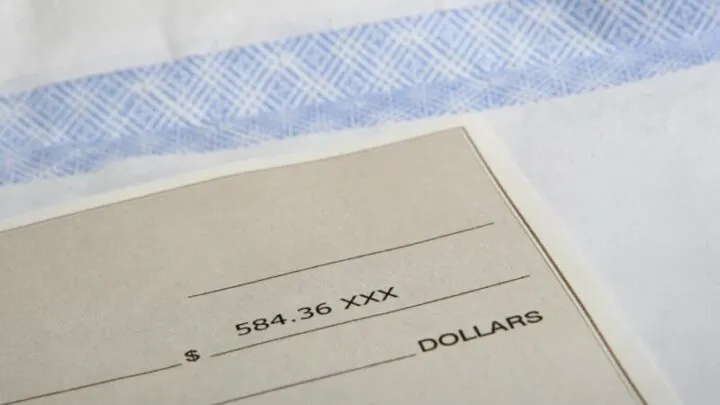Disclosure: This post may contain affiliate links, meaning we get a commission if you decide to make a purchase through our links, at no cost to you. Please read our disclosure for more info.
Does payroll deplete your time and energy every pay period?
Paying your employees is a major part of running a small business. Your employees count on reliable, accurate pay to survive.
But the time you spend processing it takes you away from other tasks. And if you’re not familiar with the process, it takes you even longer, which ends up costing you more.
Using payroll best practices and making simple changes can cut those costs, making the process more efficient. Consider these tips to help make your life easier.
In This Post:
1. Adjust the Frequency
How often you process payroll factors into your costs. If you use a payroll processing company, you’ll pay more the more often you have them run payroll.
If you handle payroll processing in-house, more frequent pay eats up employee time. The person who handles payroll has to dedicate time more often to do the work.
Weekly pay is the most expensive option, but it keeps your employees happy. It also spreads out your expenses since you pay less every week instead of one lump sum.
Bi-weekly means you pay your employees every other week on the same day, often on Fridays. Semi-monthly means you pay your employees twice per month on the same date, such as the 1st and 15th. Semi-monthly is usually a little cheaper because you only do it twice a month instead of every other week.
Monthly is the cheapest, but your employees won’t like a single paycheck each month. It’s also a lot of money going out of your business bank account at once.
Before you switch payroll frequency, check on state employment laws. Those laws often dictate the minimum pay frequency required. You can pay your employees more frequently than required, but you can’t pay them less often.
2. Use Software or Outsource
Outsourcing payroll seems like a more expensive approach since the payroll company charges a fee. But consider the dollar value of your time when you process payroll. You may end up paying less to have a professional handle the work.
If you’re not strong in payroll and accounting, it probably takes you extra time to process payroll. That keeps you from other responsibilities that could increase revenue for your business. Try a check stub maker.
Other small businesses prefer to use payroll software. Many options on the market are user-friendly and easy to follow.
When you use PayStubs and similar payroll software, you’re able to process all parts of payroll more efficiently. That cuts down on the time investment and the cost.
3. Switch to Direct Deposit
Paying your employees via direct deposit can cut down on processing time and expenses. You’ll pay a fee to process the direct deposit, but you eliminate the time it takes to generate, print, and distribute paper checks. You also eliminate the cost of the checks themselves and the ink to print them.
Direct deposit can also cut down on check fraud or lost paychecks. If someone loses a paper check, you’ll face additional expenses and time costs in canceling the check and issuing another one.
4. Ensure Accuracy
Even a small mistake can add up big time in your payroll costs. You’ll spend more on wages for the time it takes to correct the mistake.
You may also face penalties and fees if your mistakes affect payroll taxes. If you’re not comfortable calculating payroll taxes, using software or outsourcing the work ensures accuracy without more stress for you.
5. Streamline the Process
If you handle payroll yourself, get the process down to a science. Create a checklist that includes every part of processing payroll so you don’t miss anything.
Having a process in writing keeps you on track and helps you work more efficiently. This checklist also comes in handy if you’re gone and someone else needs to step in.
Use Payroll Best Practices
Following payroll best practices helps you improve the accuracy of pay. It can also make the process more efficient so you save more time and money. Looking for other ways to save money? Check out other posts!

